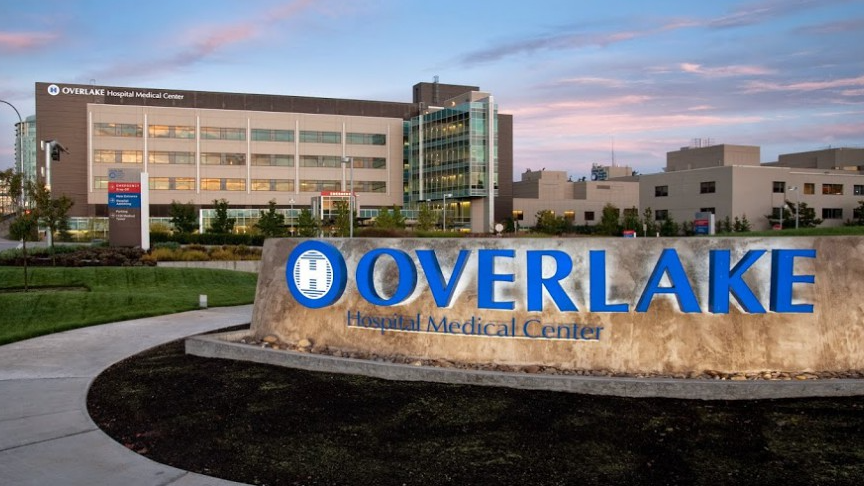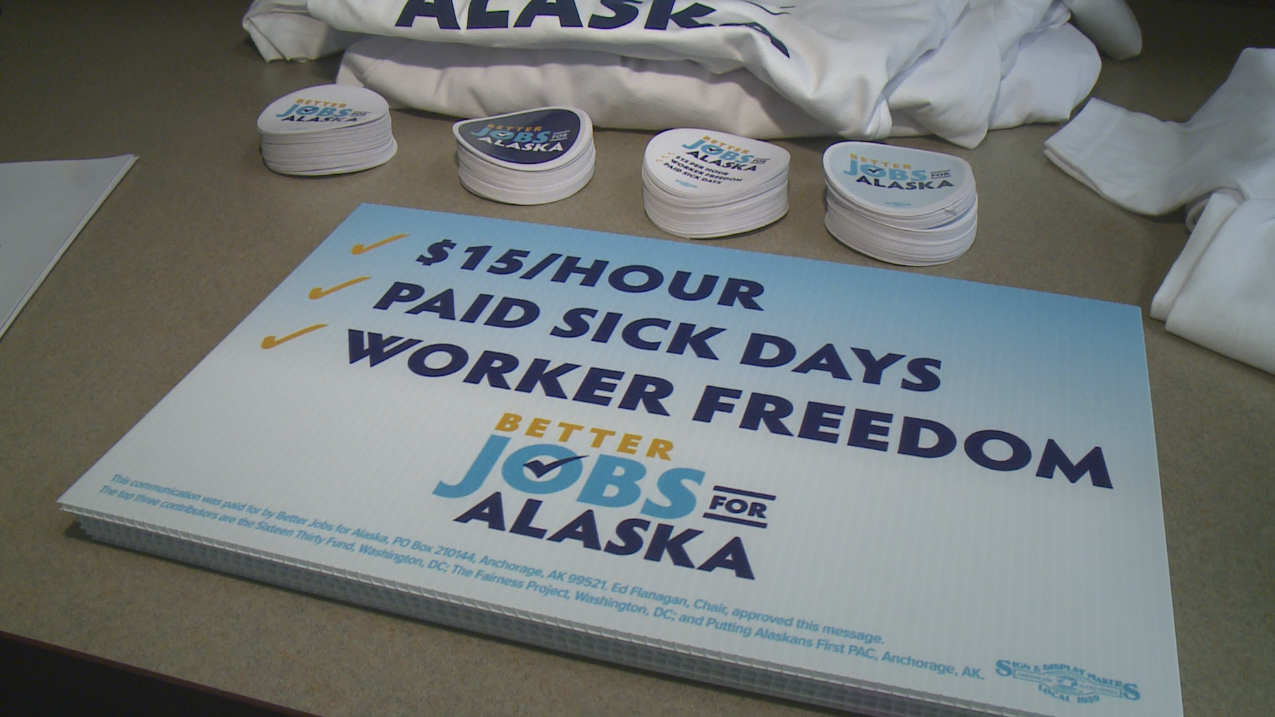Paid sick leave laws have steadily gained traction across the country including being a part of President Joe Biden’s budget proposal. Biden’s proposal requires employers to provide 12 weeks of paid family and medical leave through a new federally funded program.
The American Families Plan would create a national paid leave program. In this program, workers would receive partial wage replacement to take time to bond with a new child, care for a seriously ill loved one, deal with a loved one’s military deployment, find safety from sexual assault, stalking, domestic violence, or heal from their own serious illness. It provides workers three days of bereavement leave per year starting in year one. The program offers workers up to $4,000 a month, with a minimum 2/3 of average weekly wages replaced, rising to 80 percent for the lowest wage workers. This program is estimated to cost $225 billion over a decade.
Currently, the United States is one of the only countries in the world that does not guarantee paid leave including nearly four in five private-sector workers.
Everchanging regulations around Paid Sick Leave make it important to keep up with the changes. FFCRA expired on December 31, 2020. This expiration removed the mandated leave for many employers. However, state and local municipalities have stepped in to extend or permanently mandate paid sick leave. Unfortunately, this makes current paid sick laws inconsistent and difficult to manage.
Fortunately, SHRM provides a resource to keep up with these changes, both for states and local municipalities. Click the link below to view this free reference.










